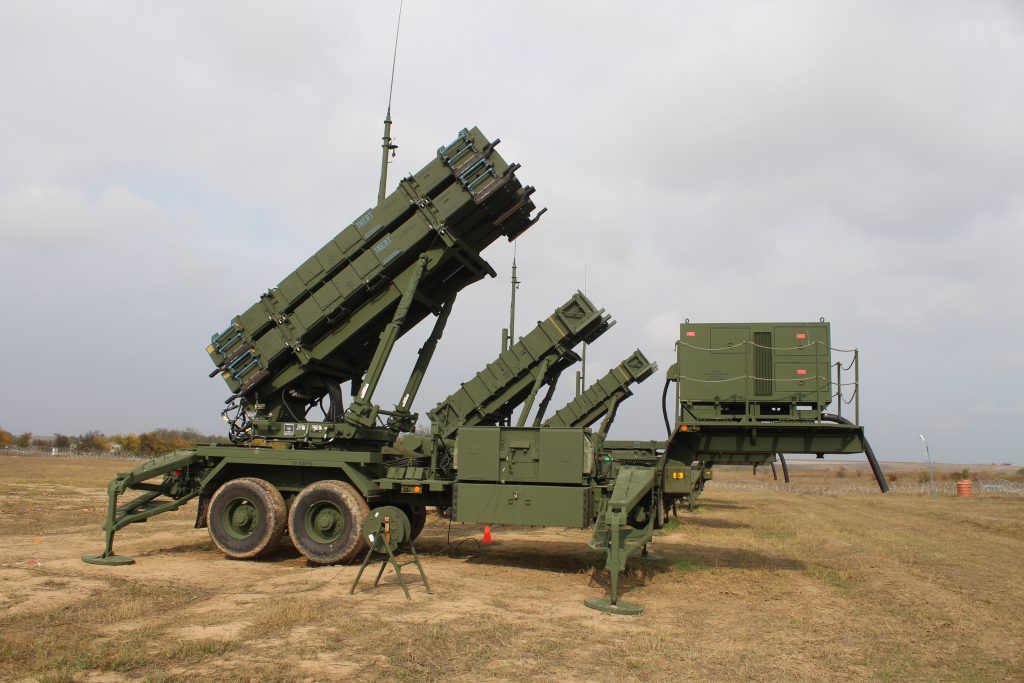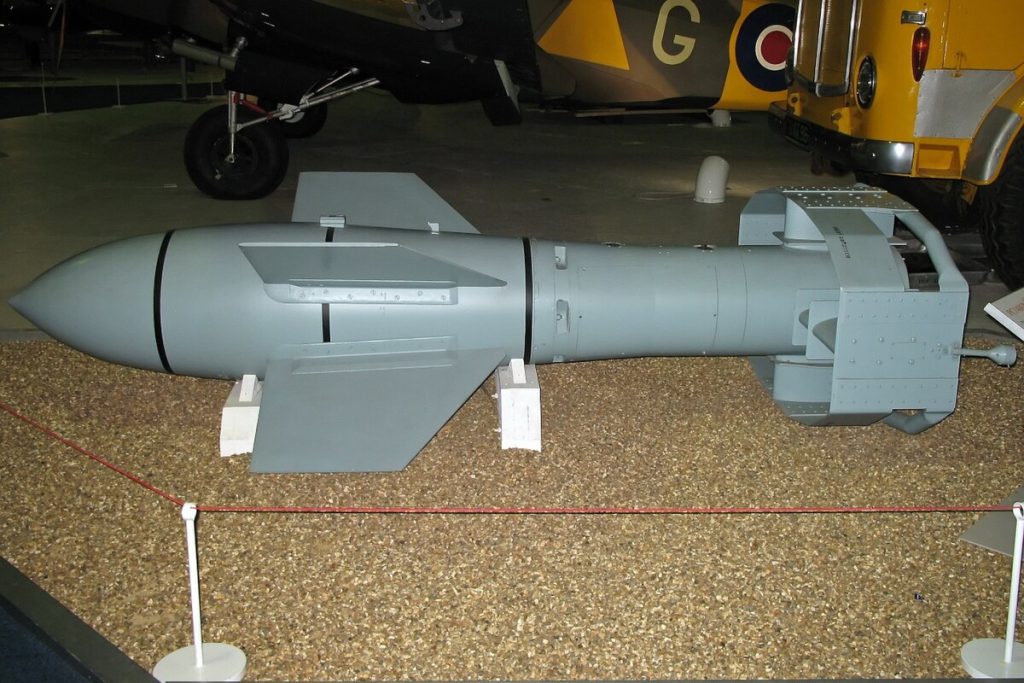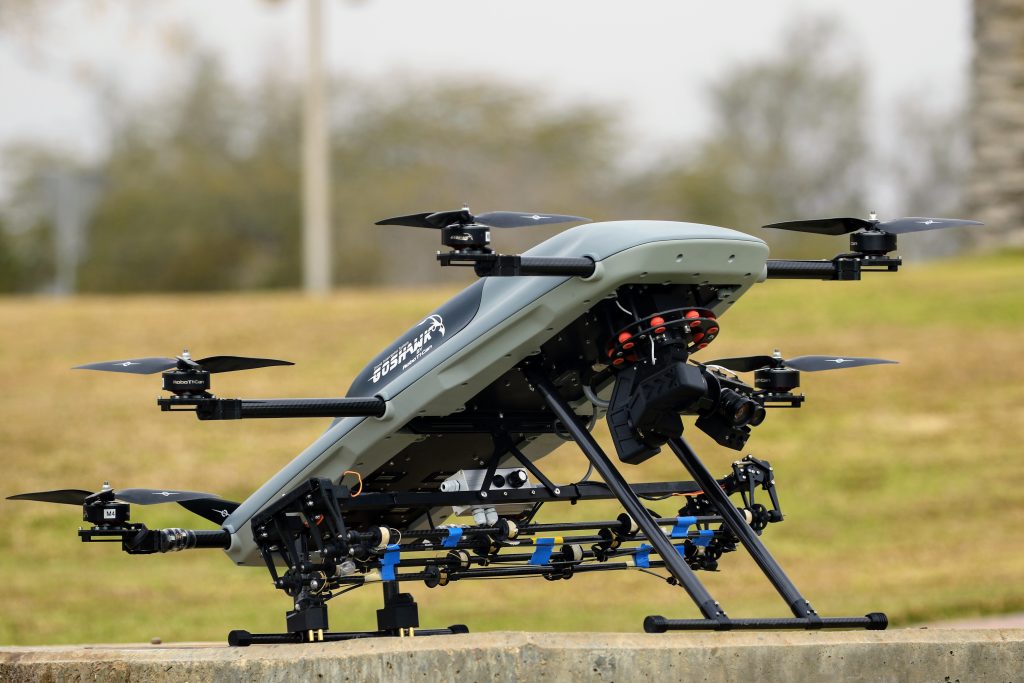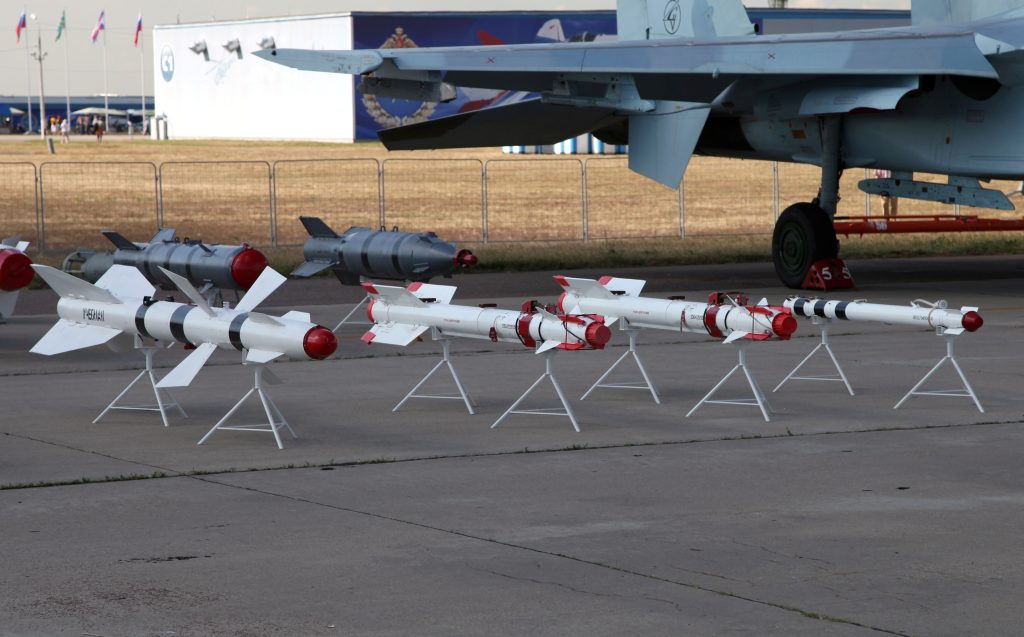
President Trump’s last-minute about-face on sending weapons to Ukraine may have been political theater, but to Kyiv’s strategists and engineers, it underscored a harsh truth: Ukraine’s air defense system hangs by a thin thread of technology, production capacity, and battlefield ingenuity. As one missile defense analyst, Tom Karako, recently put it, “Air defense won’t win a war for you but the absence of it will lose one fast.” That is a very real risk now.

1. Patriot System: Precision Engineering in the Cold of Pressure
The Patriot batteries that the United States has sent to Ukraine have both been lifeblood and valuable target. A single battery integrates six large systems radar set, engagement control station, launcher stations, antenna mast group, power plant, and interceptor missiles into a layered system to defend against cruise missiles, ballistic missiles, and aircraft.

The PAC-3 “hit-to-kill” interceptors are best suited to deal with high-speed targets, yet stock is critically short. Army budget reports reveal doubling of Patriot MSE interceptor orders, but production acceleration in years. Ukrainian crews have made do with steel-armor control shelters to protect from shrapnel and mobile camouflage techniques to evade Russian targeting, but each firing exhausts non-replenishable ammunition in a shrinking stock.

2. Russian Missile Modernization: The Iskander and Kinzhal Challenge
Russia’s October 2 salvo included improved Iskander-M ballistic missiles with radar decoys and terminal-stage trajectory adjustments that complicated Patriot radar following. The Iskander-K cruise missile of today includes anti-jamming navigation systems and improved warheads. Hypersonic Kinzhals, once plagued by being short on accuracy, now have maneuverability at hypersonic speeds, eliminating Patriot batteries that, according to the Kiel Institute, expended all interceptors to achieve a 25 percent rate of interception. These advances are likely to negate the technological edge of Ukraine’s current missile defenses.

3. The GPS Battlefield: Electronic Warfare and Spoofing
Russian electronic warfare has knocked U.S.-provided GPS-guided weapons Excalibur rounds, GMLRS missiles, and the Ground-Launched Small Diameter Bomb to their knees. Weapons specialist Daniel Patt of Hudson Institute testified that Excalibur accuracy dropped from 70 percent to 6 percent in months. Russian GPS spoofer technology, built cheaply with software-defined radios, flood satellite signals with phony location information. Truck-borne jammers fill the front six to nine miles per transmission, rendering precision-guided weapons unreliable. As Pentagon acquisition chief Bill LaPlante acknowledged, “When you send something to people in the fight of their lives that just doesn’t work, they’ll try it three times and they’ll just throw it aside.”

4. Kometa CRPA: Russia’s Smart Antenna Countermeasure
Russia’s Kometa Controlled Reception Pattern Antenna (CRPA) neutralizes jamming signals by creating “nulls” in reception patterns. Initial four-element arrays were able to cancel three jammers; Ukraine reacted by introducing more jammers, prompting Russia to upgrade to 8, 12, and now 16-element arrays. Each step increases size, weight, and processing complexity, but again brings precision to glide bombs and Shahed drones. Ukraine’s Pokrova spoofing system exploits the vulnerability of Kometa to false signals, essentially rendering these expensive adjustments worthless.

5. Drone-Hunting Drones: Ukraine’s Affordable Innovation
With surface-to-air missile shortages, Ukraine has turned to interceptor drones to detect and destroy Shahed swarms. As little as $5,000 per drone to the $40,000–$100,000 price tag of a missile, these “drone-hunting drones” can be produced quickly in high numbers. Bohdan Danyliv of the Serhiy Prytula Fund highlighted, “You can make a drone fast, cheap, and en masse.” Distributed manufacturing and rapid prototyping enable Ukraine to mass-produce, though operators need training and systems need to adjust to Russia’s continually evolving countermeasures, including “supercam” drones with radio detectors for evasive maneuvers.

6. Russian Drone Evolution: Shaheds and Decoys
The Shahed-136, also known as Geran-2, now flies alongside decoy drones and has advanced electronics, relocated fuel tanks, and reinforced airframes. These all add to resistance against jamming and allow damaged drones to stay aloft for longer periods. AI-assisted flight path adjustments have reduced the interception rate by Ukraine, with possibly 25 percent of Shaheds reaching targets in the October 2 barrage, compared to nearly zero earlier in the year.

7. Logistics in a Contested Supply Chain
The United States provides Ukraine’s defense with drawdowns and contractor purchases, but restocking stores of Javelins, Stingers, and Patriots will be an endeavor spanning years. The Pentagon’s “disaggregate to survive, reaggregate when needed” logistics slogan is an echo of a new focus on prioritizing shipments by criticality. Meanwhile, Russia’s missile and drone production are impaired by sanctions and shortages of components Irish-produced antenna components of Kometa, for example, trace back to third-party Hong Kong suppliers. Ukraine’s extended-range strike capability at manufacturing facilities would also strain Russia’s capacity for huge coordinated attacks.

8. The Engineering Race Ahead
Both are caught in a cyclical cycle of upgrading. Ukraine upgrades radar integration, mobile targeting assets, and spoofing capacity, while Russia accelerates CRPA upgrades and missile agility. As General Valerii Zaluzhnyi wrote, survival depends on “retak[ing] and maintain[ing] the technological initiative.” Winter approaches and Russia’s combined missile-swarm campaign threatens Ukraine’s energy infrastructure, the engineering competition will determine whether Kyiv is able to blunt the attack before critical infrastructure collapse.

